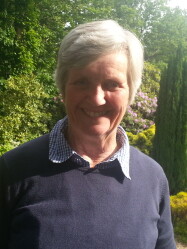BibTex format
@article{Aristodemou:2017:10.1016/j.envpol.2017.10.041,
author = {Aristodemou, E and Boganegra, LM and Mottet, L and Pavlidis, D and Constantinou, A and Pain, C and Robins, A and ApSimon, H},
doi = {10.1016/j.envpol.2017.10.041},
journal = {Environmental Pollution},
pages = {782--796},
title = {How tall buildings affect turbulent air flows and dispersion of pollution within a neighbourhood},
url = {http://dx.doi.org/10.1016/j.envpol.2017.10.041},
volume = {233},
year = {2017}
}

